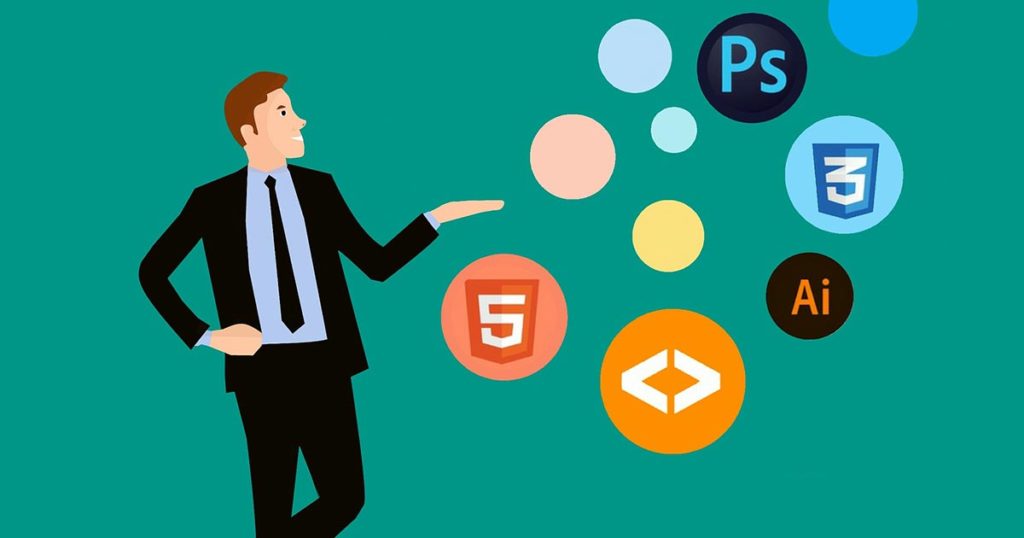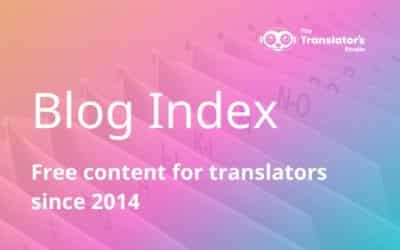When you translate a website, the format of the text you send for translation can affect price and quality. This article looks at different options for text format when you translate a webpage. It’ll help you identify what’s best, thinking about time and cost.

This article is part of our series on translating websites. The posts in this series are designed to help you get your website translation right first time. So, you get good results and avoid wasting time and money. If you plan to translate websites or get yours translated, don’t miss these articles:
“Multilingual Websites: Single or Multiple Domains?“
“What’s Involved in SEO Website Translation?“
“Website Translations: the Perfect Contact Us Page“
Why does format matter when you translate a website?
There’s more than one way of handling website contents. But the different ways involve different amounts of work. This is because some formats are cleaner and faster to work with than others. When deciding how to pass the website text to the translator, be aware that format affects price.
Translating directly inside your CMS
Your website is run from a content management system (CMS). You can get the translator to work directly in the system. But that is a much more costly option.
It costs more because it’s more time-consuming. The translator has to jump around inside the website platform, remembering to save everything and waiting for things to load. They have to adapt their translation process, which opens the translation up to more errors. You can’t take advantage of repeated text. And, if you make changes later on, it’s tough to find them and change the translation.
For all these reasons, it’s better to get the text off the CMS. That way, the translator can work inside their translation software.
Good website planning: the best way to translate a website at the best price
You’ll save the most time and money, and get the best website translation, if you plan ahead.
When you first create your website content, keep an updated copy of everything in a text editor, like Word. If you make changes to that content online, update the corresponding Word documents.
Of course, not all website content is text. Perhaps you need to translate video and audio content. In this case, rather than doing all the transcribing manually, consider using a program that will automatically transcribe video to text.
If it’s a big site, keep an index of contents. It takes a bit longer, but when you come to translate, you’ll save a massive amount of time and money. A system like this is also essential for other activities, like updating your blog content.
You might be surprised at the file types we’re capable of handling.
Why do translators prefer to work in text editors like Word?
If everything is in a text editor, the translator will be able to analyse the volume of work in minutes. We can do this because we use translation software, called CAT tools. It’s much easier to work with a clean, editable document, like a Word file. And this means savings for you because if our job is easier we take less time, and charge less.
Also, if you have repetitions across different pages, we can find them. Then apply the corresponding discounts.
What’s more, you make our job easier because we don’t have to do any formatting work. This means we can focus all our attention on the text, which is what you want us for. It’ll yield the highest-quality and best-value results.
But what if you haven’t got the content in a text editor like Word?
Option 1: copy and paste everything you want translated into a text editor like Word
This is cheaper for you if you do it internally. The website translator will be charging professional freelance rates by the hour. They can spend that time copying and pasting for you, but it’s not the cheapest way to get this simple job done.
Once you’ve done it, you can set up a system of master documents like the one I described above. It’ll mean the translator can give you a fast quote and get to work on what we do best: website translations that help you generate leads.
Once this is set up, if you make changes in the future, the translator will easily be able to find them. This is because we can keep a record of your text in a file called a translation memory. This means you’ll be able to ensure good SEO in the translation by continually updating your website. And you won’t have to worry about tracking changes or having to pay for full re-translations.
You’ll save the most time and money, and get the best website translation, if you plan ahead.
Option 2: see what your webmaster suggests
As I mentioned above, professional website translators work with special software called CAT tools. You might be surprised at the file types we’re capable of handling using these tools. Lucy and I work with SDL Trados Studio, which supports a vast array of file types, .html files, for instance. We can identify and respect tags or code in the text you send us to translate.
It’s worth telling your webmaster this. Ask them which file type would be fastest for them to extract the text from the CMS and put the translation online when it’s finished. If the webmaster has a preference, then ask the translator if they can work with it. That way, you’ll save on website programming time too.
This is a good solution because it avoids the time-consuming task of copying and pasting.
How do you get the translated text back onto the website?
When costing the job up, consult the person who’ll put the text back online after translation. They must be able to identify where everything has to go. The chosen format will affect the time involved to do this job, from minutes to hours.
If you spoke to your webmaster before translating, you may already have a fast solution for this. If not, it’ll have to be entered manually. You can do this internally, or have the translator do it, so they can check it all as it goes up.
Whoever puts the text online, it’s worth paying your translator a few extra hours to check the finished site. If you copied and pasted, words often get missed out in the text sent for translation. When this happens, webmasters have been known to guess at translations.
I once noticed this had happened to a client at the top of their homepage. The client spent over a thousand euros on getting me to do a top-notch translation, only to have their webmaster insert incorrect English. This could be hugely damaging. A potential customer’s trust can be destroyed the minute they get a whiff of foreign-sounding text. As the Common Sense Advisory so neatly puts it: “Can’t Read, Won’t Buy”.
The main takeaway from this article if you need to translate a website
Professional website translators work with specialist translation software called CAT tools. This software means we can handle an array of file types. If you give us the text for translation in a format we can use in our CAT tools, it’s much faster than working directly on your CMS.
This reduces the translation cost and improves quality. Also, we can store your translation for future use. So, when you make changes further down the line, we can find them quickly. This will save you money long term, and stop you having to do unnecessary work.
Get our newsletter for translators!
Sign up in the column to the left to get all our latest news and tips, with special focus on translator training and the CIOL DipTrans exam.





0 Comments